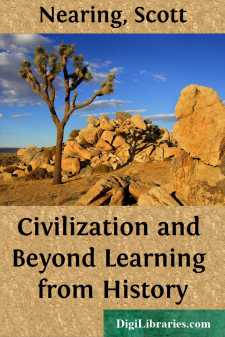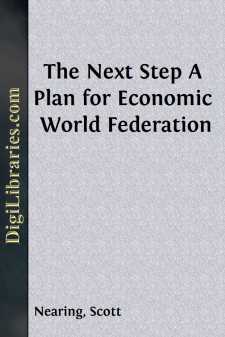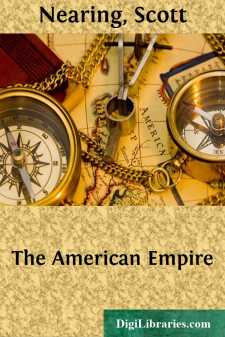Categories
- Antiques & Collectibles 13
- Architecture 36
- Art 48
- Bibles 22
- Biography & Autobiography 813
- Body, Mind & Spirit 142
- Business & Economics 28
- Children's Books 15
- Children's Fiction 12
- Computers 4
- Cooking 94
- Crafts & Hobbies 4
- Drama 346
- Education 46
- Family & Relationships 57
- Fiction 11829
- Games 19
- Gardening 17
- Health & Fitness 34
- History 1377
- House & Home 1
- Humor 147
- Juvenile Fiction 1873
- Juvenile Nonfiction 202
- Language Arts & Disciplines 88
- Law 16
- Literary Collections 686
- Literary Criticism 179
- Mathematics 13
- Medical 41
- Music 40
- Nature 179
- Non-Classifiable 1768
- Performing Arts 7
- Periodicals 1453
- Philosophy 64
- Photography 2
- Poetry 896
- Political Science 203
- Psychology 42
- Reference 154
- Religion 513
- Science 126
- Self-Help 84
- Social Science 81
- Sports & Recreation 34
- Study Aids 3
- Technology & Engineering 59
- Transportation 23
- Travel 463
- True Crime 29
Civilization and Beyond Learning from History
by: Scott Nearing
Description:
Excerpt
CHAPTER ONE
EXPERIMENTS IN EGYPT AND EURASIA
Thousands of years before the city of Rome was ringed with its six miles of stone wall, other peoples in Asia, Eastern Europe and Africa were building civilizations. New techniques of excavation, identification and preservation, subsidized by an increasingly affluent human society, and developed during the past two centuries of archeological research have provided the needed means and manpower. The result is an imposing number of long buried building sites with their accompanying artifacts. Still more important are the records written in long forgotten languages on stone, clay tablets, metal, wood and paper. These remnants and records, left by extinguished civilizations, do not tell us all we wish to know, but they do provide the materials which enable us to reconstruct, at least in part, the lives of our civilized predecessors.
Extensive in time and massive in the volume of their architecture are the remains of Egyptian civilization. The earliest of these fragments date back for more than six thousand years.
The seat of Egyptian civilization was the Nile Valley and its estuary built out into the Mediterranean Sea from the debris of disintegrating African mountains. Annual floods left their silt deposits to deepen the soil along the lower reaches of the river. River water, impounded for the purpose, provided the means of irrigating an all but rainless desert countryside. Skillful engineering drained the swamps, adding to the cultivable area of a narrow valley cut by the river through jagged barren hills. Deserts on both sides of the Nile protected the valley against aggressors and migrants. Within this sanctuary the Egyptians built a civilization that lasted, with a minor break, for some 3,000 years.
Egyptian temples and tombs carry records chiseled and painted on hard stone, which throw light on the life and times of upper-class Egyptians, including emperors, provincial governors, courtiers, generals, merchants, provincial organizers. In a humid, temperate climate these stone-cut and painted records would have been eroded, overgrown and obliterated long ago. In the dry desert air of North Africa they have preserved their identity through the centuries.
Since the Egyptians had a few draft animals, and little if any power-driven machinery, energy needed to build massive stone temples, tombs and other public structures must have been supplied by the forced labor of Egyptians, their serfs and slaves.
Egypt's history dawns on a well-organized society: The Old Kingdom, based on the productivity of the narrow, lush Nile Valley. The products of the Valley were sufficient to maintain a large population of cultivators: some slave, some forced labor, about which we have little knowledge; a bureaucracy, headed by a supreme ruler whose declared divinity was one of the chief stabilizing forces of the society. Between its agricultural base and its ruling monarch, the Old Kingdom had a substantial middle class which procured the wood, stone, metals and other materials needed in construction; a corps of engineers, technicians and skilled workers, and a substantial mass of humanity which provided the energy needed to erect the temples, monuments and other remains which testify to the political, economic, and cultural competence of the ruling elements and the technical skills present in the Old Kingdom....






